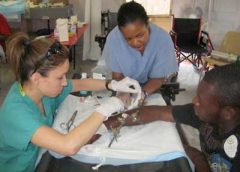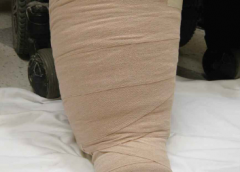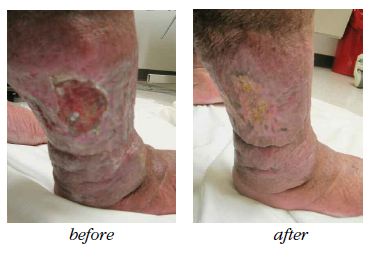Being positive in a negative situation is not naïve. It’s leadership.
— Ralph S. Marston, Jr., author and
publisher of The Daily Motivator website
Clinicians may encounter many challenges and stressors in the workplace—long hours, rotating shifts, inadequate staffing, poor teamwork, and pressure to achieve higher performance levels in an emotionally and physically demanding field.
But hope exists. Positive psychology uses scientific understanding and interventions to help people achieve a more satisfactory life. Positive psychologists have shown that building positive emotions can change the way we approach and view our environment, helping us become healthier, happier, and more resilient and helping employees and teams become more productive and engaged. (more…)
Read More





